If you don’t see a player in your email, go here.
Another death to life story–like the Gerasene demoniac, this woman has experienced a community death and cannot experience normal life among her people. In fact, she is never identified as having anyone at all–no husband, father, mother, siblings, or children. What do her actions teach us not only about faith but about the beliefs of the Hellenistic first-century Jewish world? What do Yeshua’s actions teach us about His desire to restore the marginalized?
Lots of extra-biblical material today as we are going to look at the shockingly awful treatments that women were subjected to by Jewish physicians who were trying to treat this sort of bleeding, as well as the debates over when a man could and could not forcibly divorce his wife for being sick.
Transcript below
*************
Mark 24—Cosmic Encounters 3—The Woman with the Issue of Blood
This week is one of my favorite subjects—the woman with the issue of blood. I came across some really cool context a few years back while studying my commentary on the Mishnah that really opened this wide up so today I will be sharing that. In addition, I will also be sharing about folk-superstition in first-century Judaism and how that ties into all of this. I haven’t written it yet but I hope you will get a chance to read you read my future article on the context of pharmakeia based on Greco-Roman era historians and legal documents. When I finally get it all researched and written then I will have the article linked in the transcript at theancientbridge.com. I am planning on naming it Pharmakeia in its Original Greco-Roman Context. And it’s important to understand the difference between pharmakeia and our modern word Pharmacy because they are definitely not the same and in fact, they are merely related concepts having the same linguistic root. Pharmakeia is one of those words whose meaning also must be taken within the context of what is being said around it—it has no one-size fits all meaning. In fact, one meaning is decidedly secular and the other meaning (and this is during Greco-Roman) times, is decidedly nefarious and pagan. Even the Greeks recognized this fact. When we want to have this word be black and white, we are butchering history and the language, and we certainly wouldn’t want our own words held to that standard. Comparing the two, pharmacy and pharmakeia, and claiming equivalency because they sound close is rather like comparing biblos, which simply means book, and Bible, which derives from it, and claiming that all Bibles are pagan because there in Acts 19:19 biblos describes the million dollars-worth of magical texts that were burnt in Ephesus. But it is also used to describe the Book of life and the genealogy of Yeshua and to refer to the Torah and the Prophets and the Psalms. Context defines the definitions—not our agendas or assumptions. Just because two words are the same doesn’t make them the same. Like, in the KJV, I Cor 15:52 isn’t talking about Donald Trump when Paul states, “In a moment, in the twinkling of an eye, at the last trump: for the trumpet shall sound, and the dead shall be raised incorruptible, and we shall be changed.” I mean, and don’t laugh because there are blogs out there claiming this so I didn’t make it up, the Greek words for this are salpinx and salpizo for the sound of the trumpet and the trumpet itself, respectively. And gay today doesn’t mean what gay meant in the 19th century, nor does queer. When we eat cereal we are not worshipping Ceres, the goddess of grain, etc. etc. Context, context, context. Just so, we need to look at pharmakeia and see that when used negatively in the ancient world, it referred to sorcery (no, the Greeks didn’t like sorcery nor did the Romans) and poisons. The ancient world didn’t like people who did these types of things really any more than us. It represented chaotic, uncontrollable, dangerous attempts to subvert the mind and will (usually love potions) and to kill, not to heal or treat. Such people who did these things could not be controlled. And they were killed if caught actually doing harm to someone important. And when Paul uses this word, pharmakeia, in his letter to the Galatians, he is addressing former pagans who came out of these sorts of backgrounds of manipulating divine and natural forces to do harm to others.
In other words, we have to stop acting like meanings don’t change and like the Bible was actually written in English or just waiting to be translated into English to finally be understood correctly. Now, let’s have a gay old time, as the Flintstones would say—in that same context.
Hi, I am Tyler Dawn Rosenquist, and welcome to Character in Context, where I teach the historical and ancient sociological context of Scripture with an eye to developing the character of the Messiah. If you prefer written material, I have five years’ worth of blog at theancientbridge.com as well as my six books available on amazon—including a four-volume curriculum series dedicated to teaching Scriptural context in a way that even kids can understand it, called Context for Kids—and I have two video channels on YouTube with free Bible teachings for both adults and kids. You can find the link for those on my website. Past broadcasts of this program can be found at characterincontext.podbean.com and transcripts can be had for most broadcasts at theancientbridge.com
All Scripture this week comes courtesy of the ESV, the English Standard Version but you can follow along with whatever Bible you want. A list of my resources can be found attached to the transcript for Part two of this series at theancientbridge.com.
21 And when Jesus had crossed again in the boat to the other side, a great crowd gathered about him, and he was beside the sea. (22 Then came one of the rulers of the synagogue, Jairus by name, and seeing him, he fell at his feet 23 and implored him earnestly, saying, “My little daughter is at the point of death. Come and lay your hands on her, so that she may be made well and live.” 24 And he went with him.) And a great crowd followed him and thronged about him. 25 And there was a woman who had had a discharge of blood for twelve years, 26 and who had suffered much under many physicians, and had spent all that she had, and was no better but rather grew worse. 27 She had heard the reports about Jesus and came up behind him in the crowd and touched his garment. 28 For she said, “If I touch even his garments, I will be made well.” 29 And immediately the flow of blood dried up, and she felt in her body that she was healed of her disease. 30 And Jesus, perceiving in himself that power had gone out from him, immediately turned about in the crowd and said, “Who touched my garments?” 31 And his disciples said to him, “You see the crowd pressing around you, and yet you say, ‘Who touched me?’” 32 And he looked around to see who had done it. 33 But the woman, knowing what had happened to her, came in fear and trembling and fell down before him and told him the whole truth. 34 And he said to her, “Daughter, your faith has made you well; go in peace, and be healed of your disease.”
This is our second encounter with making the unclean clean—of course, the first was in chapter one, with the leper who blabbed. And this is the third week in a row that we have encountered the theme of life from death, starting with Yeshua rebuking the wind and waves that would have drowned them all, and moving immediately to the Gerasene demoniac who lived among the tombs. We will have four of these encounters in this series, back to back, including the resurrection of Jairus’s daughter next week. Yeshua is more and more showing who He is, but will any of them notice?
In addition, this and next week make up another Markan sandwich where we have one story nestled into the middle of another related story. We have seen this a number of times now. (1) In the synagogue with the scribes from Jerusalem and His own family, both rejecting Him and accusing Him, (2) in the telling of the Parable of the Sower, and this is the third. There will be a total of at least seven. The overarching theme here is life from death—social death and literal death, as well as the theme of Yeshua meeting the needs of both the clean and the unclean, the rich and the poor, elite and marginalized, male and female, young and old. And yet this is also the story of two women whom Yeshua restores to life.
21 And when Jesus had crossed again in the boat to the other side, a great crowd gathered about him, and he was beside the sea.
Last week He was on the eastern side of the Sea of Galilee in the region of the Gerasenes, non-Jews who raised pigs—or at least they used to before Yeshua ministered deliverance to the demoniac plagued with Legion. Now at least the fish are eating well. So, He has returned into Jewish territory—Capernaum maybe? Gennesaret? Probably not Tiberias as Herod Antipas had built that atop a graveyard and Jews wouldn’t go there. So, the text only says, “the other side.” Luke merely points out that it is somewhere He has been previously, although Matthew makes it sound like it might be in Capernaum, maybe. Although I doubt it because this woman has been ill a long time and evidently didn’t even try to see Him before now, despite many opportunities. Also, this place is big enough to have multiple synagogue leaders. I don’t know. We just don’t know. Evidently not important or at least one of the Gospel writers would have mentioned it. But it is important to have an idea of geography when you are reading, to know the lay of the land. I recommend Rainey and Notley’s The Sacred Bridge, which was very generously gifted to me. It is mega pricey, but worth it. Best scholarly atlas on the market today, bar none.
He has, gathered about Him at the seashore, ochlos polys, a great crowd, and they are gathered, which comes from the root word synago, which is used throughout the Gospels for the gathering together of everything from people, to fish, to grain, etc.
(22 Then came one of the rulers of the synagogue, Jairus by name, and seeing him, he fell at his feet 23 and implored him earnestly, saying, “My little daughter is at the point of death. Come and lay your hands on her, so that she may be made well and live.” 24 And he went with him.)
We will cover this next week, and I include it this week only to show the direction of travel, that they were headed somewhere specific when the subject of today’s verses occurs. Yeshua and His disciples are on their way to the house of Jairus, one of the local leaders of the synagogue. We see no hesitation or questions from Yeshua, He just changed course and goes.
And a great crowd followed him and thronged about him.
That word, “thronged” comes from synthlibo, which literally means they squashed him in. They are pressing in on all sides. This isn’t violent but they are definitely not respecting his personal space of observing social distancing (that was a joke). This reads like the press at a high profile murder trial or something, with everyone wanting a piece of the defendant.
25 And there was a woman who had had a discharge of blood for twelve years,
Now, this is serious—you can’t even begin to imagine her life. Frankly, neither can I. I have known women with an “issue of blood” and it generally means one thing—uterine cancer. I guess there are other reasons but in that culture, in any ancient culture, this bleeding cut her off from society, and from (as we will see) her own husband and children. It wasn’t meant to be that way, it wasn’t. The Torah isn’t written in such a way that this woman should have become an untouchable but we all know what people do with laws when there is no compassion. Especially laws concerning the treatment of women when men are completely in charge as we explored last year when we covered the first-century Hillel and Shammai rulings on divorce. We’re going to delve into this specific issue, that of a sick wife, by exploring the writings of the Talmud, RAMBAN, RAVAD, and the RAMBAM. Twelve years. If she was twenty-four then this was half her life. If she was thirty-six then it was a third of her life.
Bleeding constantly, even lightly, made her ritually unclean. She could not have sex with her husband, and therefore she could never be a mother. Being a wife and a mother absolutely defined women in those days—it was their source of honor. We think nothing of what Anna the prophetess gave up when we see her story in Luke, we see it as a charming story. What we do not see is that she had forsaken everything that made a woman a woman in the ancient world, in order to devote herself to God’s service. It was really the ultimate sacrifice in many ways. Being perpetually ritually unclean also meant that she could not participate in the Passover, or any of the Feasts because they involved the eating of sanctified meat. A normal woman would miss maybe 24% of these feasts, but she could not worship with her people during the times of joy. Did you ever notice that she is not even named? I mean, not even any family associations. Not even a “Jairus’s daughter” sort of designation. She is portrayed as being alone, a woman without social connections. A woman who belongs to no one and no one belongs to her. In ancient terms, this is tragic beyond belief. She had been enduring a living death for twelve long years.
What did RAMBAN, (Nachmonides, Mosheh ben Nahman Gerondi, d 1270) say about menstruating women in the 13th century? He claimed that the breath of a menstruating woman was harmful, her gaze detrimental, and it was also claimed that learned men could not greet her or even walk in the same footsteps that she had left behind.
26 and who had suffered much under many physicians, and had spent all that she had, and was no better but rather grew worse.
I am going to tell you right now that your views of first-century medicine, and especially if you believe some of the essential oil propaganda, are probably dead wrong. Disclaimer: I am not against essential oils—but they are not all over the Bible when it is read in context. I once saw a meme that said that essential oils are mentioned over a thousand times in the Bible. Nonsense. I mean, the word oil itself is only mentioned 202 times and some of those are in chapter headings and almost every single reference is to olive oil and most of those are with respect to the Temple, kingship, priesthood, and eating. There are numerous references to resins and plants from which people now make essential oils but really, that’s a far cry from being proof of massive essential oil usage in Bible days. In actuality, most of the things that essential oils are made from today would not have been wasted like that in ancient times. Also, the purity we have today is insane compared to ancient times. Yes, herbs and such were used, but what we mostly find in the ancient world is superstition—even among the Jews and early Christians. Your normal, average, everyday person had zero access to legitimate (or illegitimate) healthcare. And this woman is a prime example.
Some of the reasons are just purely scientific—the technology wasn’t there, nor was the understanding required to produce effective treatments. Another reason is that these people were almost entirely spiritual thinkers as opposed to scientific thinkers. There were some top-notch scientific minds in the ancient world but they were few and far between. People were obsessed with history, yes, but not with technological advancements. Doing things the same way generation after generation was often seen as a way to keep the gods happy and to honor their ancestors. I talk about a lot of this sort of thing in my book, Context for Adults. Another reason is that resources were scarce and turning large amounts of plants into oils was something that few could afford to do or to experiment with afterward. They weren’t like us. They didn’t think like us. Sometimes we really don’t give them the credit they deserve for being entirely unique and their thoughts being almost entirely unlike our own. But because they were so focused on spirituality, they often mixed secular medicine with superstition and sometimes with outright magic in the case of the ancient Egyptians. One of my all-time favorite books about ancient Egypt—The Ancient Gods Speak by Donald B Redford—has a section on the use of magic in medical treatment. I mean, it’s funny. They knew how to set a bone and to remove cataracts, for crying out loud, but they didn’t feel the treatment meant anything if spellcasting didn’t go along with it. Goofy paradigm, eh? The science wasn’t enough for them, they saw the science not as science but as the ritual part of the spellcasting. Brilliant minds, though, based on the treatments they came up with.
But what about medical treatment in the first century? Well, that mindset still held sway even over God’s own people. It existed well into the Middle Ages, in fact. Let’s look at some from b. Shabbat 110a from the Zondervan Illustrated Bible Background Commentary:
Let them procure three kapiza of Persian onions, boil them in wine, make her drink it, and say to her, “Cease your discharge.” But if not, she should be made to sit at cross-roads, hold a cup of wine in her hand, and a man comes up from behind, frightens her and exclaims, “Cease your discharge!” But if not, a handful of cummin, a handful of saffron, and a handful of fenugreek are brought and boiled in wine, she is made to drink it, and they say to her, “Cease your discharge.” But if not, let sixty pieces of sealing clay of a [wine] vessel be brought, and let them smear her and say to her, “Cease your discharge.” It offers five more remedies; the last suggests fetching a barley grain from the dung of a white mule. When she eats it and holds it in one day, her discharge will cease for one day, if for two days, her discharge will cease for two days, if for three days, it will cease forever.[1]
I mean, seriously. There is no scientific backing for any of this nonsense. This is, at best, superstition, and at worst—let’s not talk about the worst. One wonders if any of these ever even worked accidentally. The “but if not’s” piled up sure make it clear that these certainly never worked. How on earth is she supposed to hold in a barley grain for three days? That’s messed up. And there is nothing in there about sterilizing it before she eats it either. Is it any wonder that ancient Jewish writings are full of scorn directed against doctors? They weren’t doctors by our definition today, many of them. It is interesting that when Luke repeats this story that he neglects to mention the part about doctors taking all her money and leaving her unchanged.
Let’s look at something in this last verse that I noticed back in 2017:
26 and who had suffered much under many physicians, and had spent all that she had, and was no better but rather grew worse.
This poor woman has spent all of her own money, not her father’s or husband’s, and this brings me to something I found while reading the Kehati Commentary on Mishnah Seder Nashim:
“If she was taken captive, he is obligated to ransom her. And if he said, “Here is her get (her divorce document) and her ketubah (the money owed her by contract if divorced), let her ransom herself!” – he is not allowed. If she fell ill, he is responsible for her healing. If he said, “Here is her get and her ketubah, let her heal herself!” – he is allowed.” (Pinchas Kehati, translated by Edward Levin, Mishnah Seder Nashim Vol 1, Ketobot pg 63-4)
Although this may sound confusing, when taken in context with the rest of the Tractate (dealing with the marriage contract), and especially the whole of Chapter 4, it states that a man was not allowed to refuse to ransom his wife if she was taken captive. He could not simply take the opportunity to get rid of her by saying, “Wow, what a stroke of luck, I’ll just divorce her and give her the 200 dinars (if she was a virgin when he married her, otherwise 100 dinars) and she can ransom herself!” It was a literal court order that no matter what was written in the ketubah, he was in fact required to ransom his wife. In fact, it has been eye-opening learning exactly what was in a ketubah originally–it made divorce prohibitively expensive. If the wife was sick, however, that was a different situation that was subject to much commentary. Healing was a part of the maintenance a husband owed his wife, in exchange for her acting the part of a wife–but a divorced wife was entitled to no such care from her husband. The question became: when can you divorce a sick wife?
RAMBAM (Maimonides aka Moshe ben Maimon d. 1204) interpreted this ruling as saying that if a woman had been ill for a long time and it was going to be too costly to care for her, a man could, in fact, divorce her if he was willing to give her the get and ketubah – however, in Hilcot Ishut 14.17 he plainly stated that “this is unfitting and improper behavior.” In other words, they (the authors of the Mishnah) may have ruled that this was kosher, but Rambam didn’t approve. As Rambam is the most respected commentator in history, his view is going to reflect the overwhelming majority view among Jews today.
RAVAD (Abraham ben David d. 1198) claimed that the case law applied only to a woman who was not bedridden. A bedridden wife had to be cared for until she healed or died. Therefore, a woman who was sick but not bedridden could be given (aka forced into) a divorce and her inheritance money and forced to fend for herself. This interpretation brings us to the woman with the issue of blood.
The woman in the Gospel accounts was obviously not bedridden, as we will see she was able to approach Yeshua and reach out for the hem of his garment. She had also spent “all that she had” in trying to be cured. I submit that this woman, sick for twelve years, had probably been cast off and paid off by her husband once it became clear that her disease would render her unable to provide him with children. A woman who was constantly bleeding, as per Torah Law, could never be approached sexually – it was an abomination (Lev 18:19). Because he could no longer derive that benefit from her, he divorced her and gave her the (probably) 200 dinars owed to her by the ketubah. As Rambam rightly declared, “unfitting and improper behavior” indeed.
27 She had heard the reports about Jesus and came up behind him in the crowd and touched his garment. 28 For she said, “If I touch even his garments, I will be made well.”
As I just pointed out, not bedridden. She was definitely not gushing blood constantly or she would have long since died. She has an issue serious enough to be noticeable and to exclude her from marriage, motherhood, and community life but not serious enough to kill her. Total Catch 22. Won’t kill her but won’t allow her to live either. And this woman whose faith in humanity has probably been shattered, a woman without hope in the superstitions of her day, masquerading as medicine—she hears about Yeshua and has so much hope that she is certain that if she pushes her way through the crowd that touching even His clothing will be enough to heal her. She has been through hell but she hasn’t lost her faith in God. And she is willing to risk further social ostracism by risking getting caught being in physical contact with this crowd that is “squashing in” on Yeshua. And I know there are some people who teach that she could have been put to death for this but I have never seen anything even remotely suggesting such a thing—not in any commentary or book or in any Jewish legal writings. In fact, during this time the Jews couldn’t put anyone to death—Rome had stripped them of that right. There are some goofy teachings out there but I have yet to see any substantiation. If anyone has a legitimate source, please correct me. And a video of someone making the claim doesn’t count because, as you all know, anyone can claim anything but it doesn’t make it legit.
Now, it should not surprise anyone that her beliefs were definitely borderline magical in nature. That’s how things were in those days in the way many people viewed the divine. Perform a ritual and get cured. That’s what those doctors were doing in the passages that I shared. And this was most certainly her mindset as well.
29 And immediately the flow of blood dried up, and she felt in her body that she was healed of her disease.
Can you even begin to imagine? And as in the case of the leper, the act that brought her the ability to finally become ritually clean brought uncleanness to Yeshua. Remember, and I have taught this many times, there is no sin in being unclean. Marital sex makes one unclean, menstruation, etc. God said “Be fruitful and multiply” and He wasn’t telling them to sin. The woman who approached Yeshua committed no sin in doing so, as it was no sin either to be unclean or to render someone else unclean via an issue of blood (excepting in the case of sexual contact) as long as it was not done within a sacred area – in fact, anyone who wished to go to the inner Temple Courts would have had to mikvah and wait until after sundown anyway, and this changed nothing. It was also not forbidden to go into the synagogue in an unclean state. If I am correct, then this was an ailing woman who had been handed a divorce by her husband, along with her inheritance money, and booted from her home. Her father and brothers owed her nothing once she was married, so she was probably on her own and had spent all of her money in a desperate attempt to be cured. At this point, her life was pretty much hopeless. She could not marry, or earn a living; she had no access to modern medicine and no money left for it anyway – this prophet from Galilee was her only hope in the world. And she believed with all her heart that merely touching his garment would heal her. So, she reached out and touched the hem of his garment – the hem of the firstborn son which traditionally carried the authority of the family. And it did, but her misconceptions had to be dealt with in order to bring her complete healing from the ravages of first-century superstitions.
30 And Jesus, perceiving in himself that power had gone out from him, immediately turned about in the crowd and said, “Who touched my garments?”
This is actually the third mention of himation, garment, in this passage. More focus, in fact, has been placed on them than just about anything else because, for the woman, they were the focus of her efforts.
31 And his disciples said to him, “You see the crowd pressing around you, and yet you say, ‘Who touched me?’”
This is irritated language here. They are frustrated with the crowds and being snitty.
32 And he looked around to see who had done it. 33 But the woman, knowing what had happened to her, came in fear and trembling and fell down before him and told him the whole truth.
This is one brave lady, for sure. She could have slipped away with such a huge crowd around her but she just admitted to everyone that she had made them all ritually unclean, which was not a big deal so far away from the Temple and the public mikvaot would just be busy for a while. Really, what has happened here is the opposite of what will happen in the situation with synagogue leader Jairus, she is being compelled to give her testimony before the crowd. Which she does. They all heard what she suffered from, what she believed, what she did and what happened to her.
34 And he said to her, “Daughter, your faith has made you well; go in peace, and be healed of your disease.”
Lots to unpack in this verse. I will save the best for last. First of all, He relieves her of her superstitious misconception. “Your faith has made you well”—not touching the clothing or tzitzit or whatever this was, doesn’t really make much of a difference here. It was not the ritual act, it was her faith in God’s ability and willingness to heal her. This removes the healing from the realm of superstition and borderline magic into being simply an act of God. Yeshua reassures her that she is, in fact, permanently healed. He also tells her to go in peace, which is an assurance that no one will be harassing her for making them ritually unclean. Heck, they would all have to ritually wash at some point anyway—might as well be for a better cause than just having sex or something. The entire community, including Yeshua, takes on her uncleanness temporarily so that she can become clean. It’s a beautiful picture of absolute restoration.
But, that’s not the best part. I told you that it was her money that she had used for doctors. Not her husband’s money. Not her father’s money. Not her brother’s money. Not her son’s money. Her money. She is a woman alone and completely bereft, abandoned. I want you to hear what Yeshua says here:
“Daughter, your faith has made you well; go in peace, and be healed of your disease.”
This is a father’s blessing to his child. She is not alone. She is not disowned. Yeshua has laid claim to her as family. Remember the teachings on insiders and outsiders and fictive kinship. Yeshua is giving her insider status based on faith alone—radical faith that was willing to take a huge risk. I think this is one of the most beautiful things Yeshua ever says. Her husband may have abandoned her, but the Bridegroom has claimed her. She may have no father, but she is still an honored daughter of Abraham.
Next week we are going to deal with the outside of this markan sandwich in dealing with the resurrection of Jairus’s daughter and there are some serious compare and contrast moments that you won’t want to miss.
[1] Arnold, C. E. (2002). Zondervan Illustrated Bible Backgrounds Commentary: Matthew, Mark, Luke (Vol. 1, p. 237). Grand Rapids, MI: Zondervan.

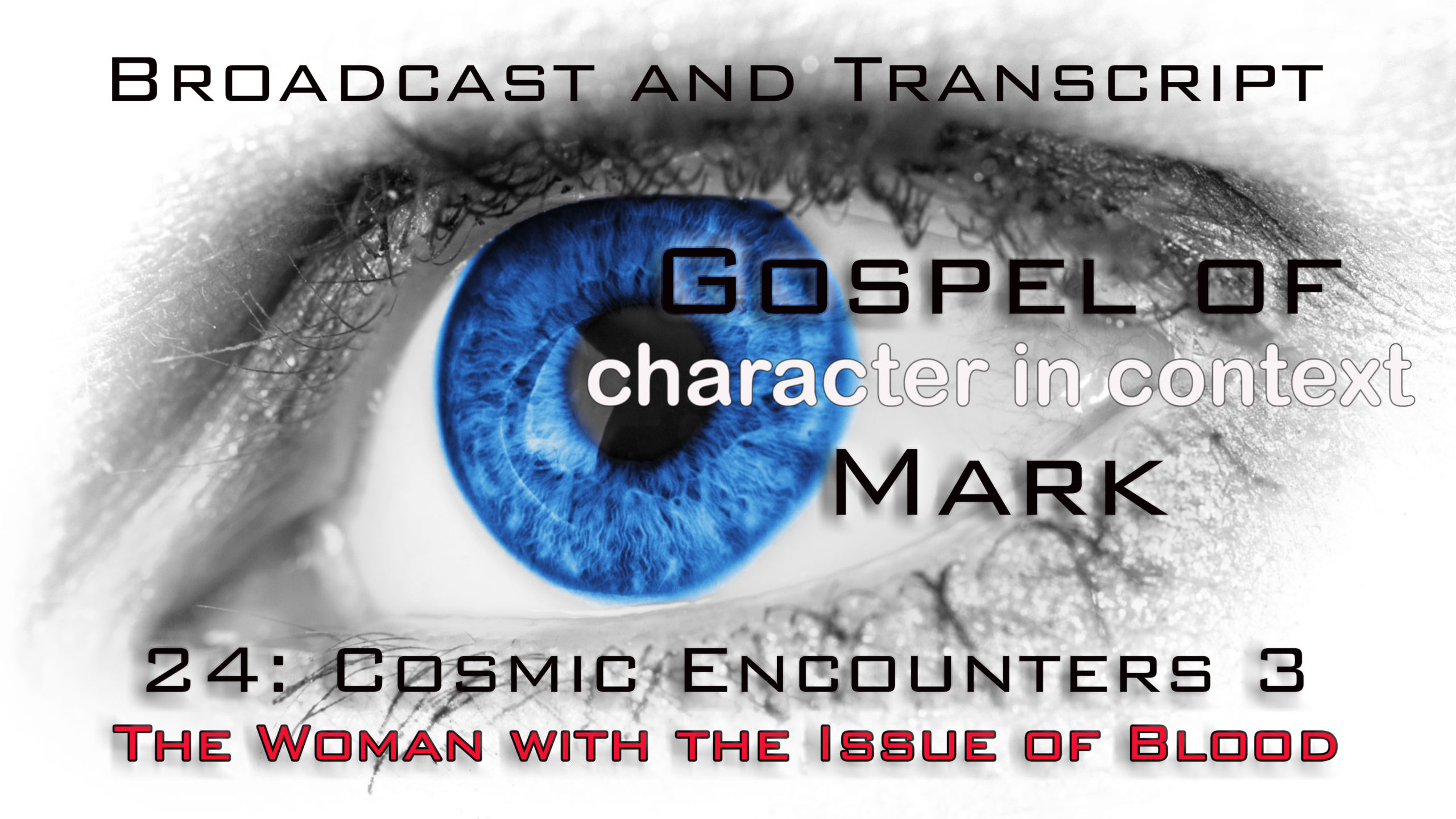


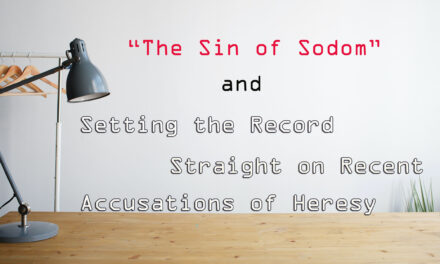

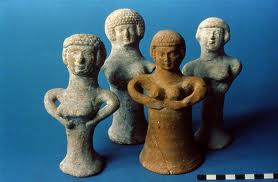

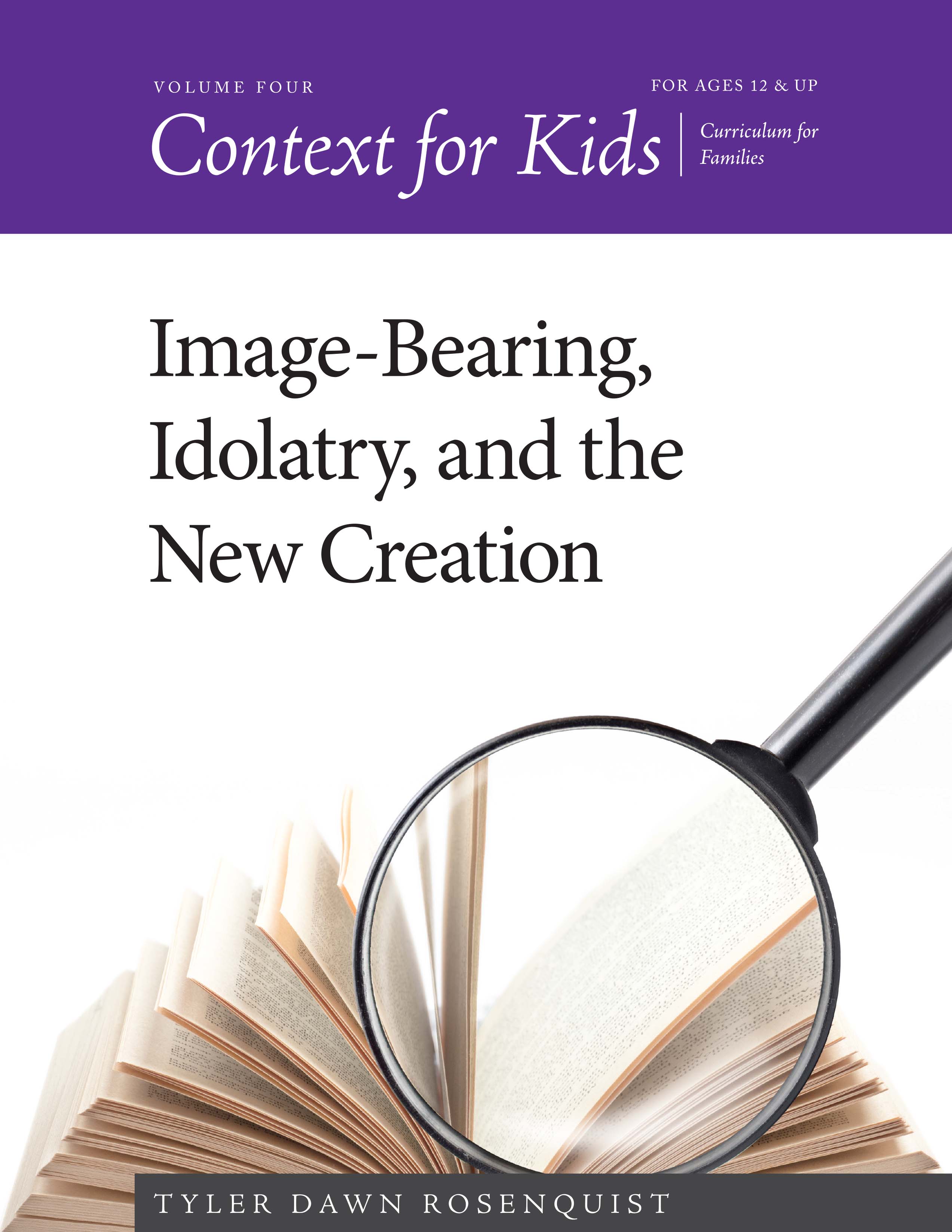
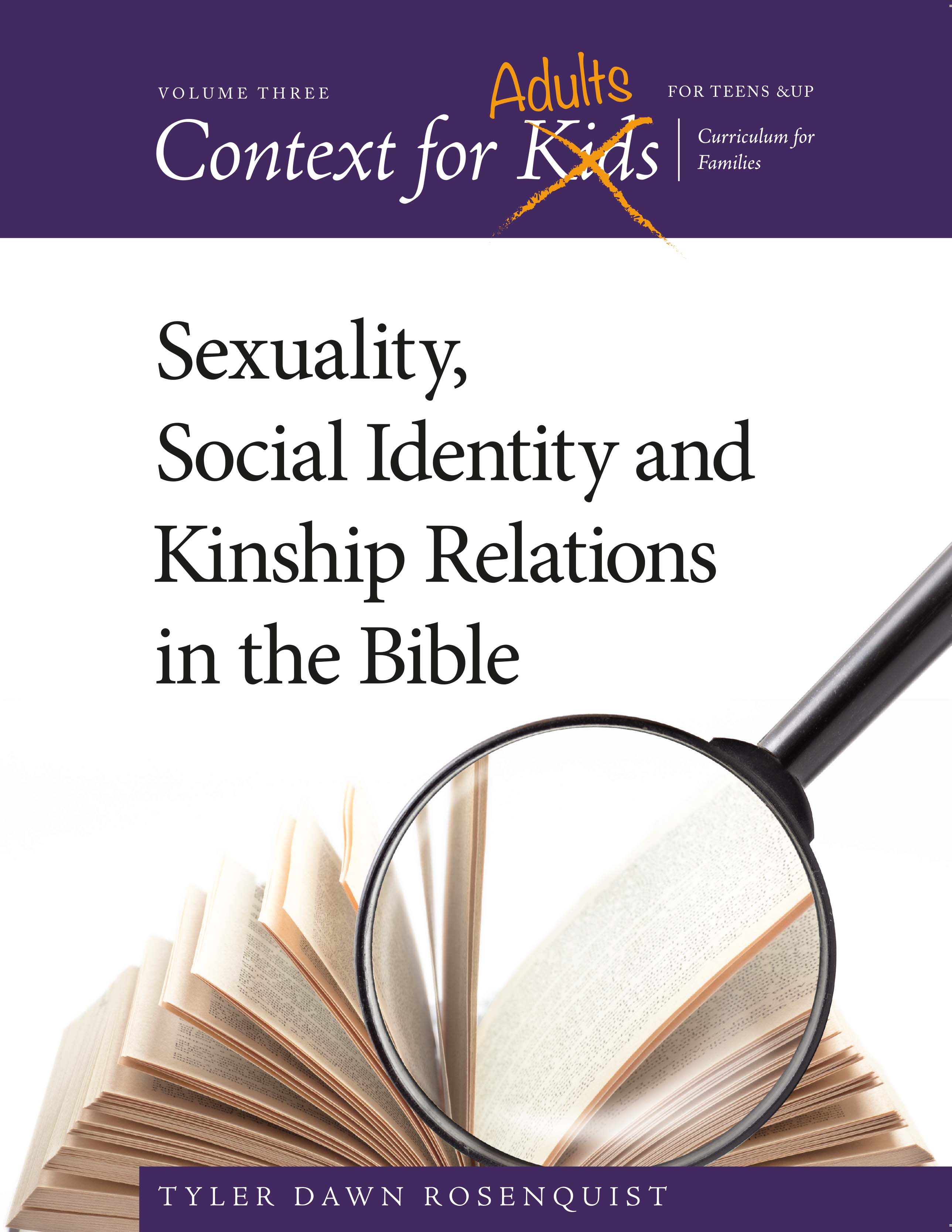
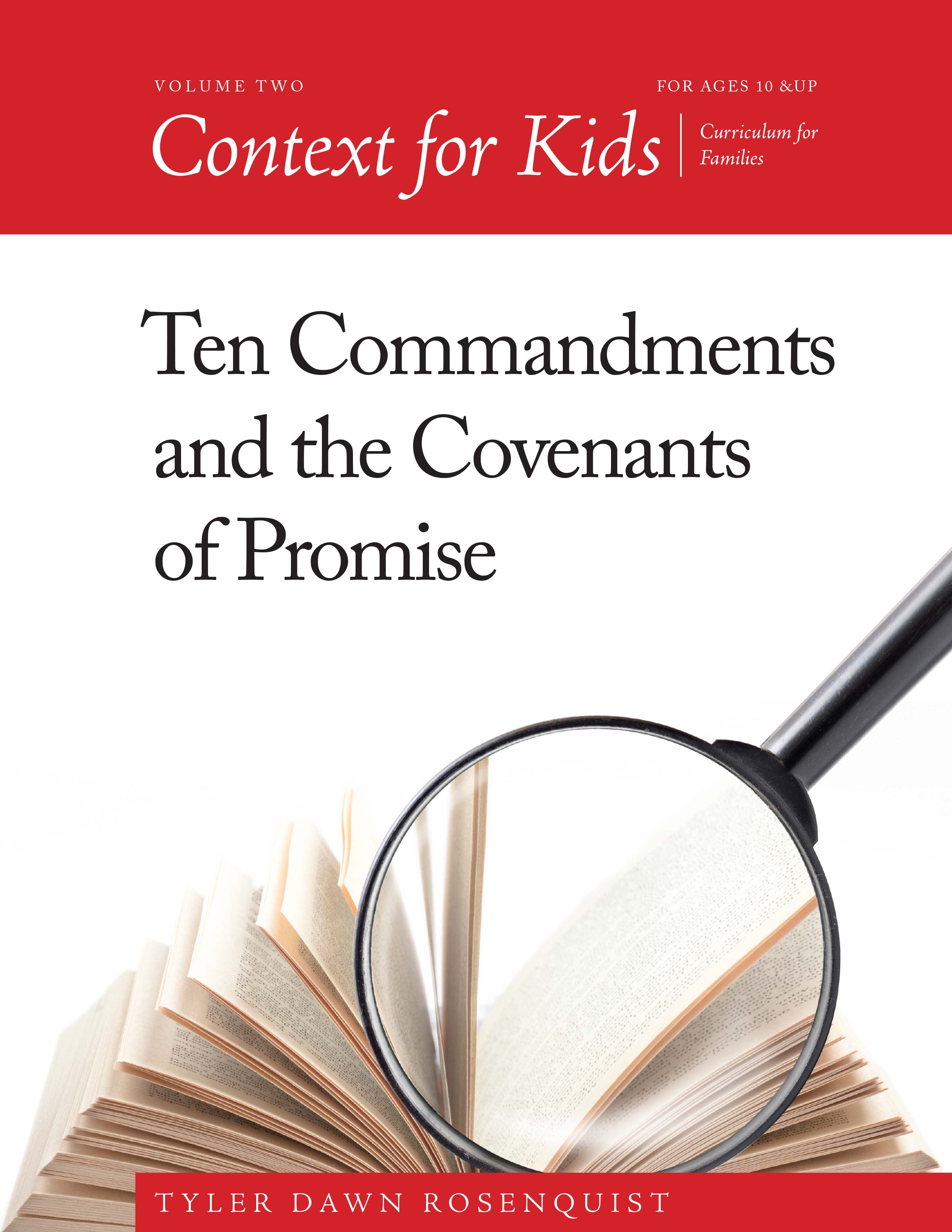
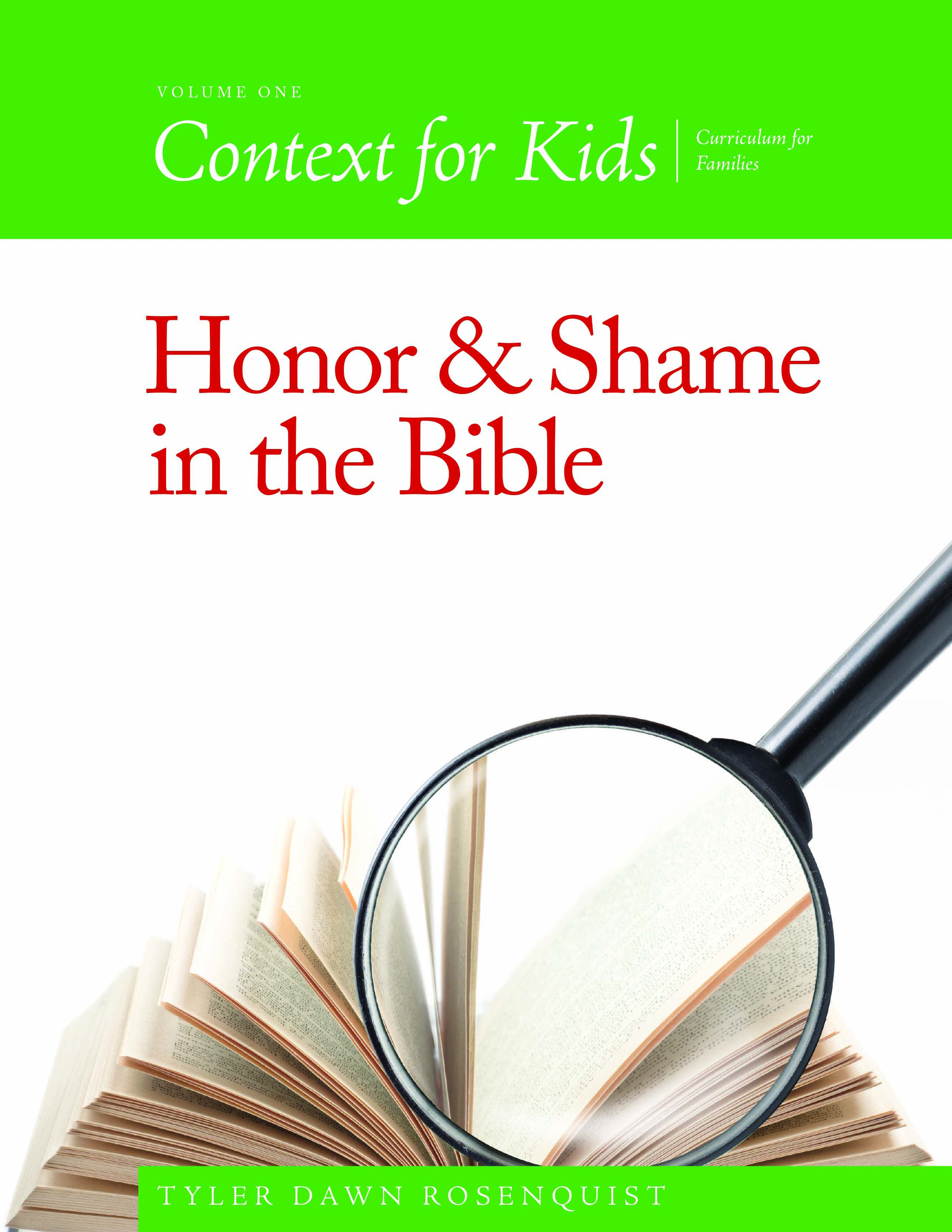
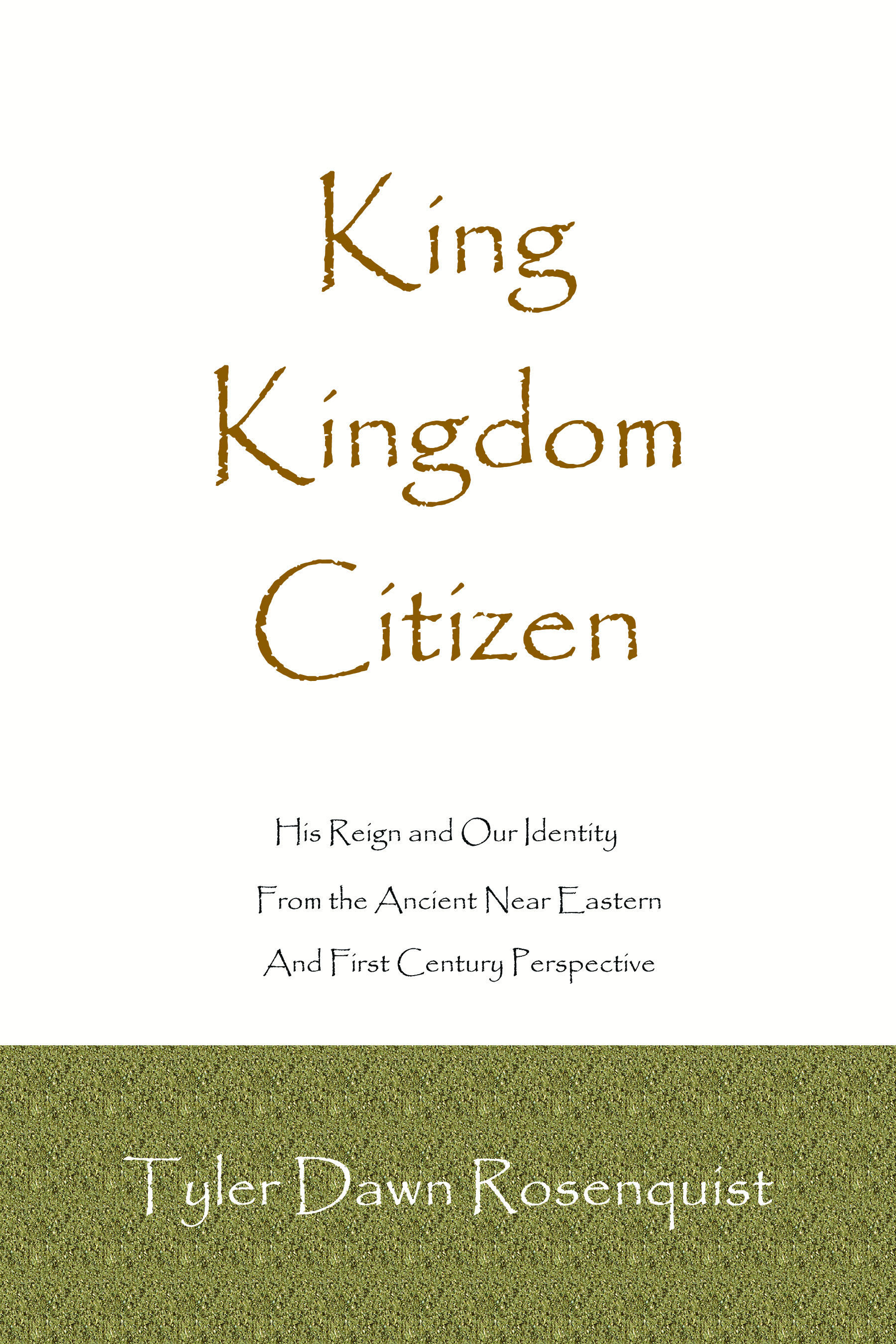
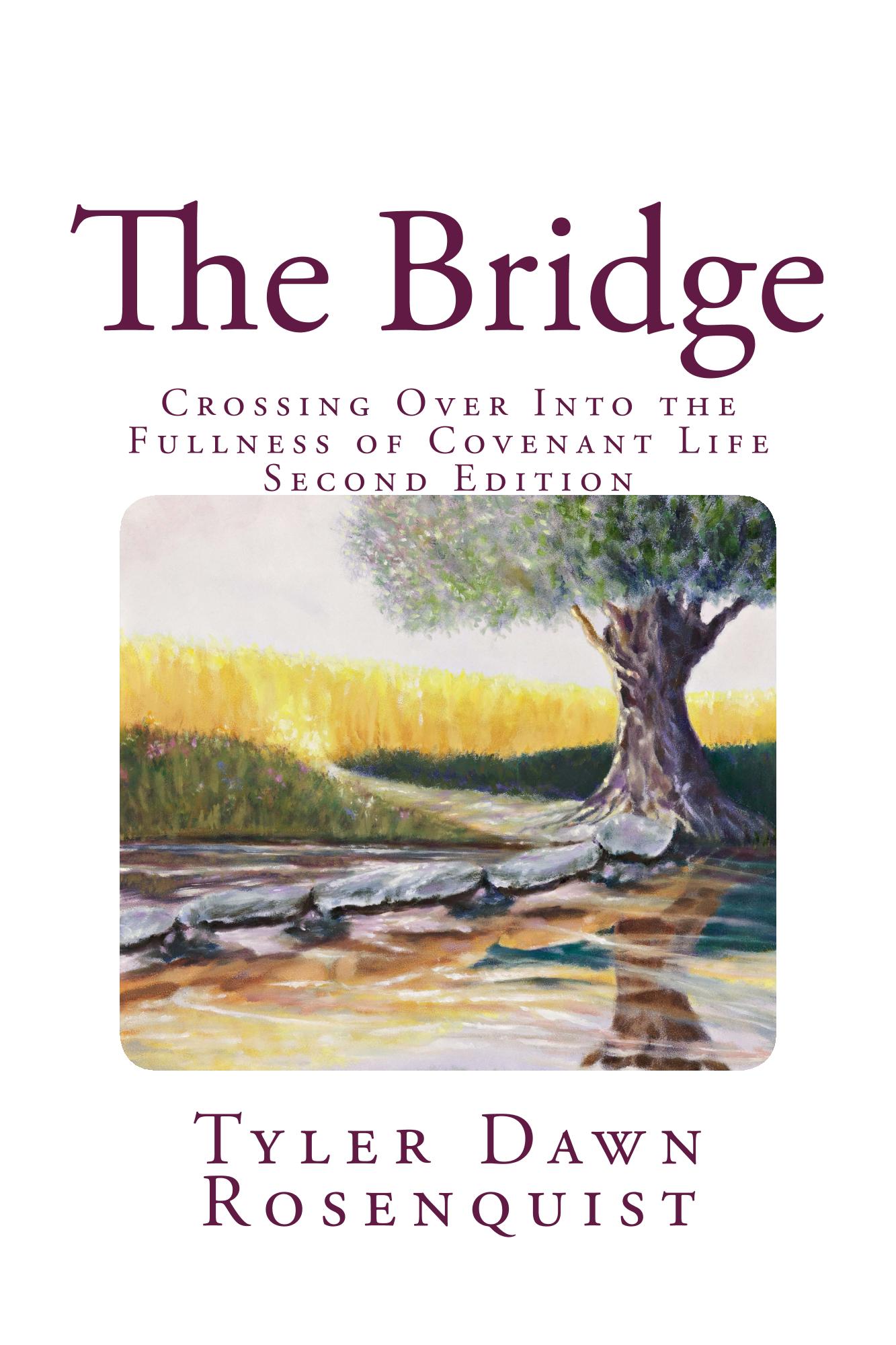


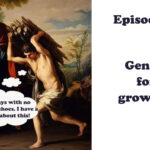





goosebumps!